Urban encroachment refers to the expansion of human settlements into natural habitats, a phenomenon that poses significant challenges to wildlife, particularly big cats. These majestic creatures, which include species such as lions, tigers, leopards, and jaguars, face increased threats as their natural habitats shrink. In this article, we will explore the multifaceted challenges big cats face due to urban encroachment and discuss potential solutions to mitigate these issues.
The Global Population Boom
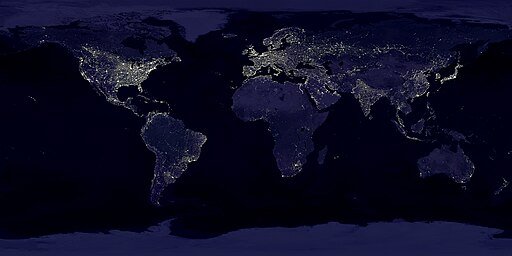
The rapid increase in the global human population has driven significant urban expansion. As cities spread, they consume land that was once natural wilderness. This growth puts pressure on available space and resources, often at the expense of forests and grasslands, which are essential habitats for big cats. Understanding the dynamics of population growth is crucial to comprehending the broader impact of urban encroachment.
Loss of Habitat
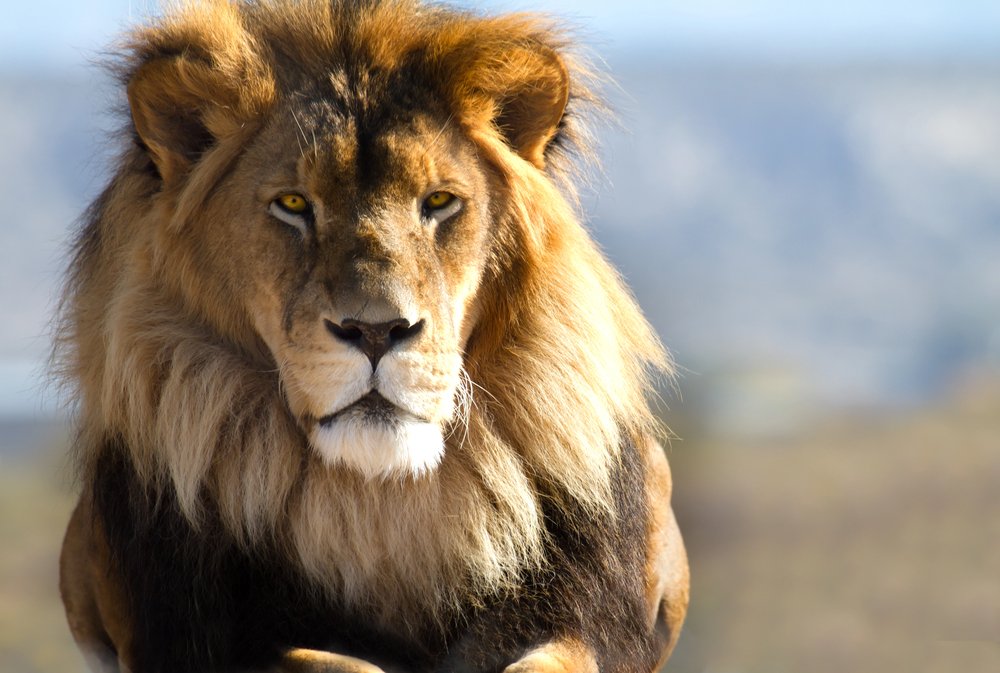
One of the most direct consequences of urban encroachment is the loss of habitat for big cats. As forests and grasslands are converted into urban landscapes, the land available for big cats to hunt, mate, and roam diminishes. This loss of habitat not only reduces their living space but also affects their prey availability, leading to challenges in sustaining their populations.
Fragmentation of Ecosystems
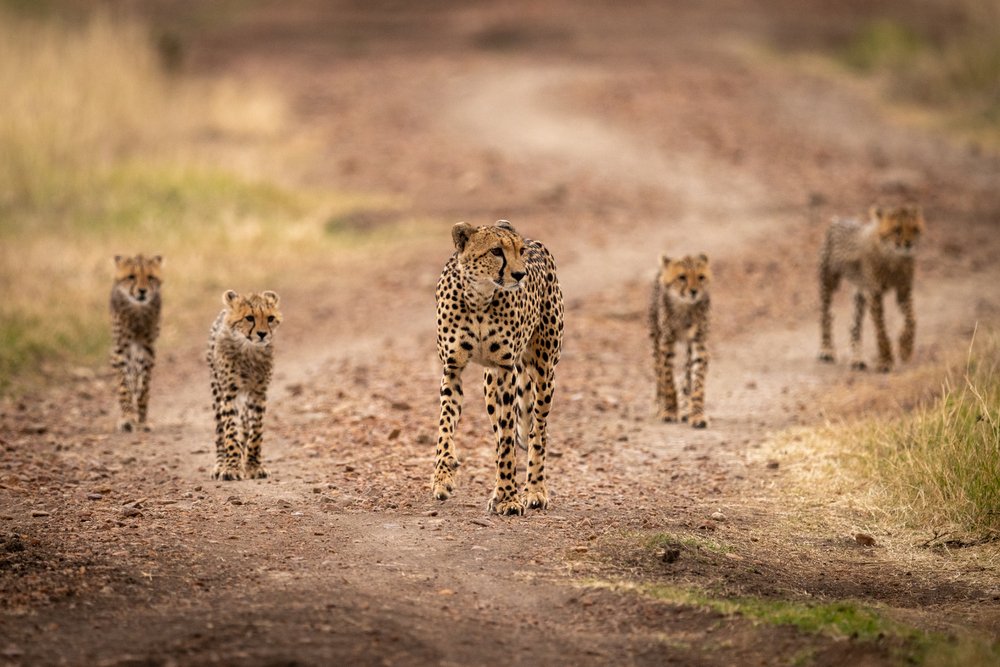
Urban development often leads to the fragmentation of ecosystems, meaning that continuous habitats are broken into smaller, isolated patches. This fragmentation can isolate big cat populations, making it difficult for them to find mates and maintain genetic diversity. The lack of connectivity between habitats can lead to inbreeding, which can have detrimental effects on the health of big cat populations.
Human-Wildlife Conflict

As human settlements expand into big cat territories, the chances of human-wildlife conflicts increase. Big cats may enter urban areas in search of food, leading to incidents of livestock predation or attacks on humans. Such conflicts often result in retaliatory killings of big cats, further endangering these species. Effective management strategies are essential to mitigate conflicts and promote coexistence.
Decline in Prey Populations

Urban encroachment not only affects big cats but also impacts their prey species. As habitats disappear, populations of deer, wild pigs, and other prey animals decline, making it difficult for big cats to find sufficient food. This scarcity can lead big cats to venture into human areas in search of sustenance, increasing human-wildlife conflicts.
Roads and Infrastructure Development
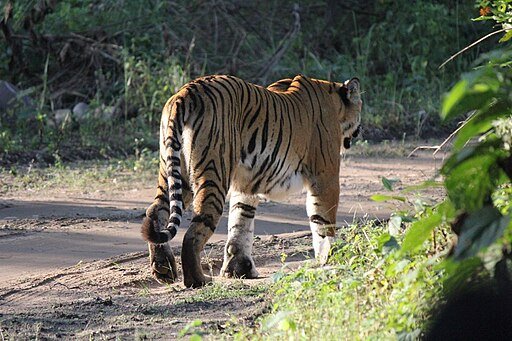
The construction of roads and other infrastructure is a hallmark of urban expansion. However, these developments can act as barriers to big cats, restricting their natural movement patterns. Roads can also pose direct threats through vehicle collisions, which are a common cause of mortality for big cats living near urban areas.
The Threat of Poaching
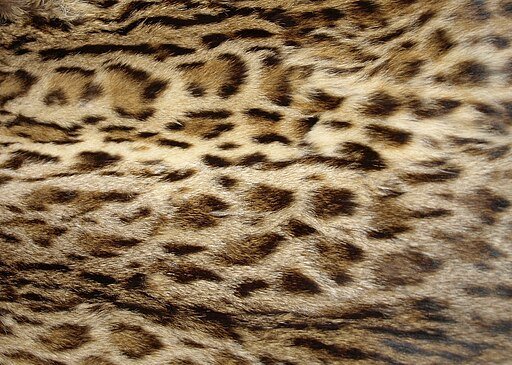
Urban encroachment can facilitate poaching by making previously remote areas more accessible. Big cats are often hunted for their skins, bones, and other body parts, which are highly valued in illegal wildlife trade markets. Increased human presence in big cat habitats raises the risk of poaching, further threatening these vulnerable species.
Conservation Strategies and Solutions
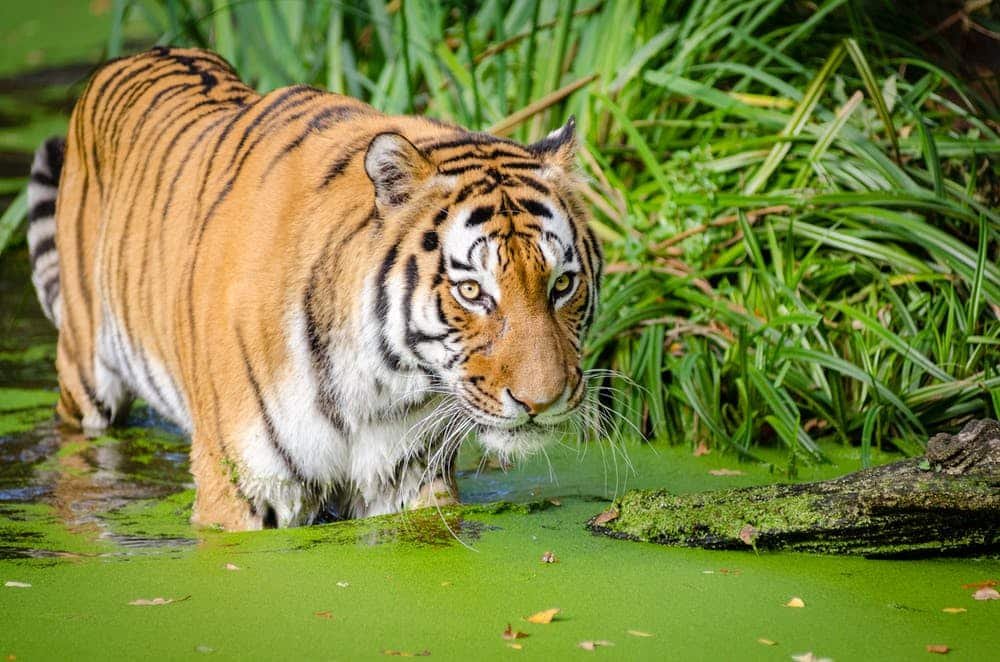
Addressing the challenges of urban encroachment requires a multifaceted approach to conservation. Strategies can include creating protected areas, restoring habitats, and establishing wildlife corridors to connect fragmented landscapes. Engaging local communities in conservation efforts and promoting sustainable development can also help balance human needs with wildlife protection.
Role of Technology in Conservation
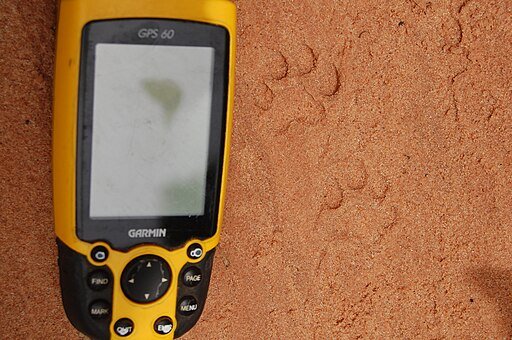
Advancements in technology offer new tools for monitoring big cat populations and combating the effects of urban encroachment. Satellite imagery, drones, and GPS tracking devices allow researchers to study big cat movements and habitat use, informing conservation strategies. Technology can also assist in anti-poaching efforts by providing real-time data to law enforcement officials.
Conclusion: The Path Forward
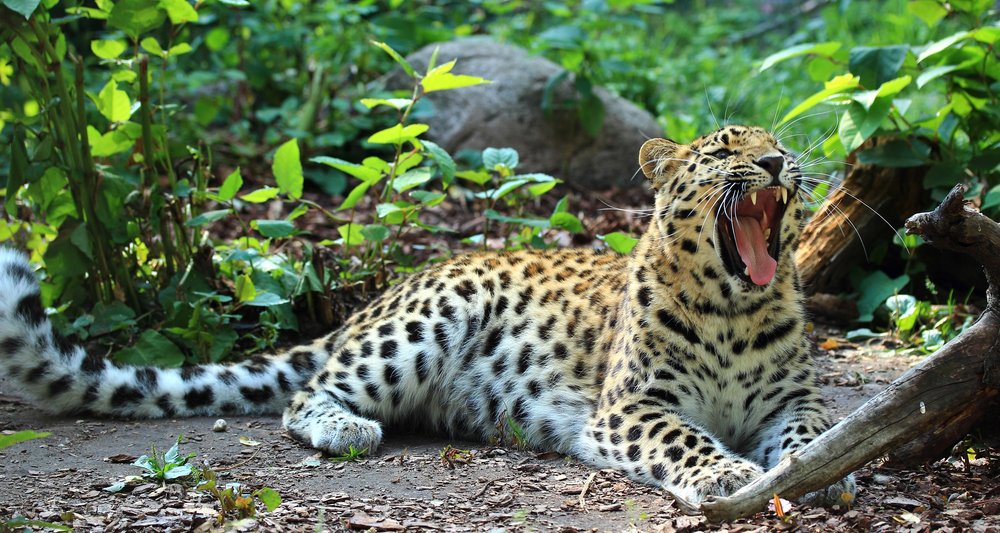
The challenges big cats face due to urban encroachment are complex but not insurmountable. By understanding these challenges and implementing informed conservation strategies, it is possible to preserve these iconic animals for future generations. The collaboration between governments, conservation organizations, and local communities will be key in creating a sustainable coexistence between expanding urban areas and the big cats that roam on the periphery.






